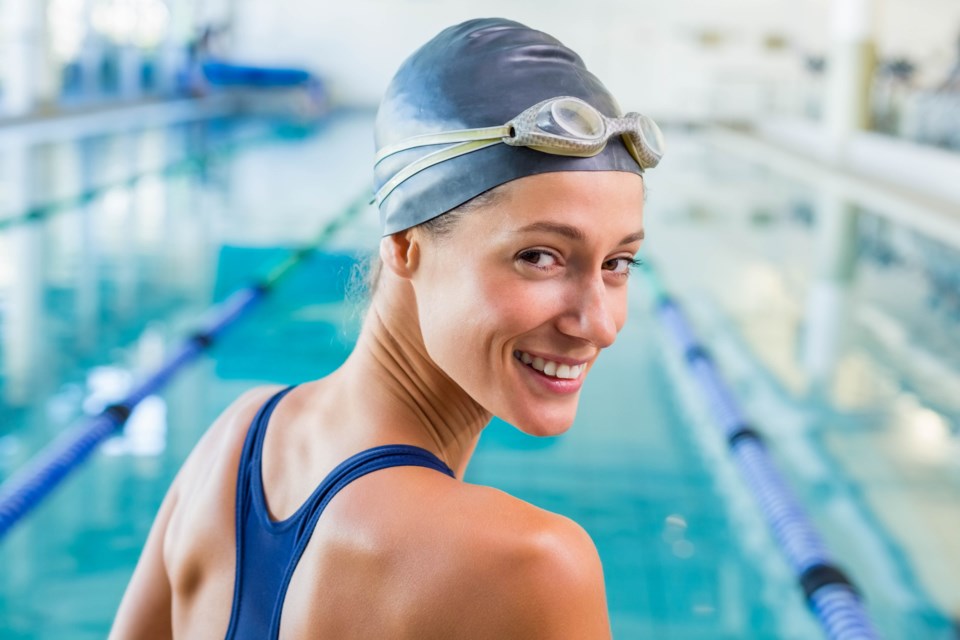A new study commissioned by the Lifesaving Society, Canada’s leading organization responsible for drowning prevention, has found tweens (aged 11-14) who are new to Canada are five times more likely to be unable to swim than their Canadian born classmates. The study also found that despite this, 93 per cent of new Canadian tweens say they participate in activities in, on or around water.
The new study, “The Influence of Ethnicity on Tweens Swimming and Water Safety in Canada” was conducted to better understand the attitudes and behaviours of Canadian tweens around swimming and water safety, both new Canadians and those born in Canada.
The study builds on important research commissioned by the Society in 2010, which found that new Canadian adults were four times more likely to be unable to swim than those born in Canada.
Results suggest that water safety risk is higher for new Canadian tweens than those born in Canada; and even more so for tweens who have been here for less than five years, who are up to seven times more likely to be unable to swim than those born in Canada.
Swimming is the most popular water-related activity among tweens despite nearly one in five new Canadian tweens reporting they are unable to swim. Many new Canadian tweens who can swim aren’t confident about their abilities.
The research is timely as Canada welcomes increasing numbers of immigrants from countries around the world. In fact, Statistics Canada projects that the new Canadian population will continue to rise. That means at least one in four people living in Canada could be foreign born.
Many new Canadians come from countries where learning to swim and water safety are not part of their experience. When they come to Canada, a country with an abundance of fresh water and opportunity for water-based activities, they often want to embrace the quintessential experience of swimming. The research shows that the majority (73 per cent) of new Canadian tweens who can swim, learned in Canada.
The Lifesaving Society’s Swim to Survive program is a school-based program for Grade 3 students, which teaches three basic skills in sequence: roll into deep water; tread water for one minute; and swim 50 metres. While not a replacement for standard swimming lessons, the program is an important first step to being safe around water, and could make the difference between life and death when immersion in water is sudden and unexpected.




